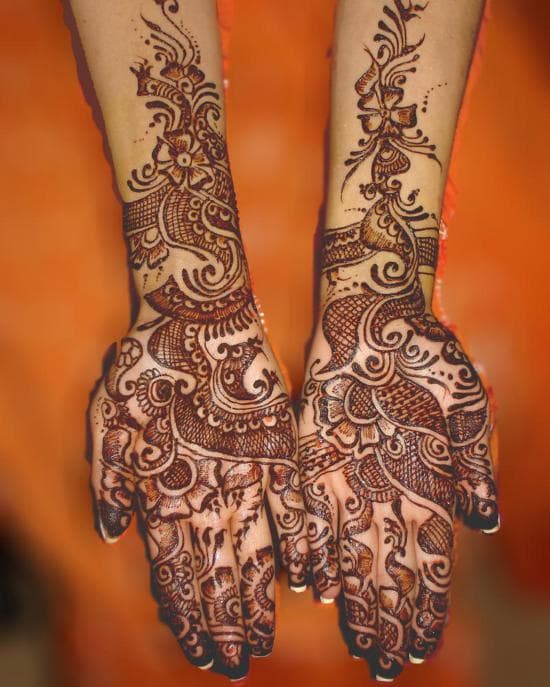Written By: Chioma Onyewuchi
 Mostly associated with one country in particular, India, Henna has steadily gained popularity over the last few years in many countries and regions where the art form never existed. From the rise of the force, Bollywood, to the use of henna by various average Indians in marriage ceremonies, many would think that the henna practice of artistically decorating the body is only exercised in India. However, this is far from the truth!
Mostly associated with one country in particular, India, Henna has steadily gained popularity over the last few years in many countries and regions where the art form never existed. From the rise of the force, Bollywood, to the use of henna by various average Indians in marriage ceremonies, many would think that the henna practice of artistically decorating the body is only exercised in India. However, this is far from the truth!
Various parts of Africa, particularly North Africa, have been using henna for centuries. The use of henna in Egypt has been traced to as far back as the Bronze Ages when henna was most likely used to prevent skin diseases and dye hair, among other uses. Today, henna is still used in various North African countries such as Libya, Egypt, Morocco and Tunisia. It is also used in West Africa for traditional Muslim marriage celebrations. In Nigeria, for instance, the Hausa and Fulani people of the North use henna to create beautiful designs and body art, which can be a cultural symbolism of beauty and attractiveness.
Henna is a great alternative to permanent modern body tattoos because they do not require the use of needles and only last for days or weeks. It is also growing among the natural hair community as an organic alternative to the use of chemical dyes which can dry out the hair.
It seems that the use of henna is here to stay. Its use has survived centuries and will hopefully survive for centuries to come. We, as Africans, must continue to ensure that our positive traditions and customs live on.










